What are telephoto lenses?
Telephoto lenses are a type of zoom lens that is built for distance. They are about the same length as a standard zoom lens but have a much larger focal length. Because of this, they can magnify subjects at a distance and focus on them in a way that standard zoom lenses cannot. Telephoto lenses are perfect for capturing subjects that are far away, including wildlife, sports, and nature photography. They can help bring subjects that are too far away to appear in your frame into focus. Telephoto lenses are not just for photography though. They are also great for videography, as they allow you to get closer to the action and your subjects without actually moving.
How do telephoto lenses work?
Most telephoto lenses come with a fixed aperture, making them great for photography in low light. Their longer focal length allows more light to pass through the lens and into the camera sensor, creating a brighter image. Telephoto lenses also have a larger aperture, helping to achieve and maintain a sharp focus. These lenses use a series of internal moving elements to change their length and magnification for different scenes. This allows photographers to zoom in on a subject without having to physically move closer, allowing them to maintain a safe distance from their subject without losing clarity. These lenses are the perfect tool for bringing distant subjects up close. They allow you to capture stunning photos of far-off landscapes, wildlife, sports, and more.
Some photographers use a combination of a telephoto and a wide-angle lens to create a unique, blended perspective. This is called a tilt-shift lens and is used to create a shallow depth of field and focus on a specific area of a scene.
Different types of telephoto lenses
There are two main types of telephoto lenses: zoom lenses and fixed-focal-length lenses. Zoom lenses have a variable focal length, which allows photographers to zoom in and out. They are a great option for beginners or anyone who doesn’t want to purchase multiple lenses. Fixed-focal length lenses, on the other hand, have a fixed focal length and cannot be zoomed in or out. While this may seem limited, fixed-focal-length lenses are great for specific projects, such as architectural photography. Fixed-focal length lenses are also more lightweight than zoom lenses, which makes them easier to carry around and travel with.
There are a couple of different types of fixed-focal-length lenses. Prime lenses are fixed-focal-length lenses with a single focal length, meaning they do not zoom in or out. Zoom lenses, on the other hand, have a range of focal lengths. Zoom lenses are a combination of a zoom and a prime lens.
Features to consider when buying a telephoto lens
When purchasing a telephoto lens, there are a couple of features you’ll want to keep in mind. First, you’ll want to consider the aperture of the lens. The gap of a lens controls the amount of light that enters the sensor during a shot. Aperture is measured in f-stops; the smaller the f-stop, the larger the opening and the more light that enters the camera. This is important to consider when shooting in low-light situations. Next, look at the lens’s focal length. The focal length is represented in millimeters and is what makes a lens a zoom lens or a prime lens. You’ll want to consider the focal length you need before making a purchase. A longer focal length is great for photographing subjects that are far away while a shorter focal length is better for photographing close-up subjects.
The best telephoto zoom lens - Canon EF 70-300mm f/4-5.6 IS II USM
This Canon zoom lens is the best telephoto zoom lens on the market. It’s lightweight and easy to carry, making it a great choice for photographers on the go. The lens offers a 4x zoom, making it perfect for sports and wildlife photography. The lens is a great choice for those who are just getting into telephoto photography and don’t have a large budget to work with.
The lens is weather resistant and has an Auto Focus Image Stabilization system, which makes it perfect for outdoor use. The lens has an f/4-5.6 aperture, which may not be ideal for low-light photography, though it can be used in low light if you have a tripod.
The best budget telephoto lens - Sigma 70mm f/2.8 DG Macro
This Sigma lens is an excellent budget telephoto lens option. The lens has a wide maximum aperture of f/2.8, making it perfect for low-light photography. The lens has a macro mode, allowing you to get up close and personal with your subjects. The lens is also great for landscapes and architectural photography. This lens is perfect for those who want to experiment with telephoto lenses but don’t want to spend a lot of money.
While this lens is great for beginners, it can also be used by professionals looking to add a bit of variety to their lens collection.
The best professional telephoto lens - Canon EF 600mm f/4L IS II USM
This Canon lens is the best professional telephoto lens on the market. It has an f/4 aperture and is weather resistant, making it a great option for outdoor photographers who want to capture wildlife. The lens has a fluorine coating to prevent particles from getting stuck to the lens. The lens is lightweight and easy to carry, making it a great option for photographers who travel frequently. This is a great lens for sports and wildlife photography, making it a great investment for professional photographers. The lens is not cheap, but it is well worth the investment if you are a professional photographer who loves to shoot wildlife and sports.
Tips for using telephoto lenses
When photographing with a telephoto lens, make sure to stay as far away from your subject as possible. For example, if you want to photograph a bird in a nearby tree, move as far away from the tree as you can. If you get too close, the tree will block some of the light and you won’t be able to get a clear shot. When shooting with telephoto lenses, it’s also a good idea to use a tripod. This will help you achieve a clear shot and prevent blurring from hand movement.
When photographing wildlife, try to wait for the perfect moment to click the shutter button. If you click too soon, you risk scaring your subject away. If you click too late, you risk missing the shot entirely. When shooting landscapes, try to avoid midday shooting. This is when the sun is at its brightest and will cause shadows and glare in your photos.
Pros and cons of telephoto lenses
With a telephoto lens, you can bring far-off subjects closer without having to move. This makes telephoto lenses great for sports and wildlife photography, as well as other types of photography where you want to keep a safe distance from your subjects. Telephoto lenses are also good for low-light photography since they allow more light to pass through the lens. A downside to telephoto lenses is that they tend to be heavier than other types of lenses. Additionally, they are more expensive than other types of lenses.
If you are hoping to go into wildlife photography or want to photograph sports, a telephoto lens would be a great investment. They allow you to zoom in on subjects without having to physically move closer, which makes them perfect for situations where you want to keep a safe distance from your subjects.
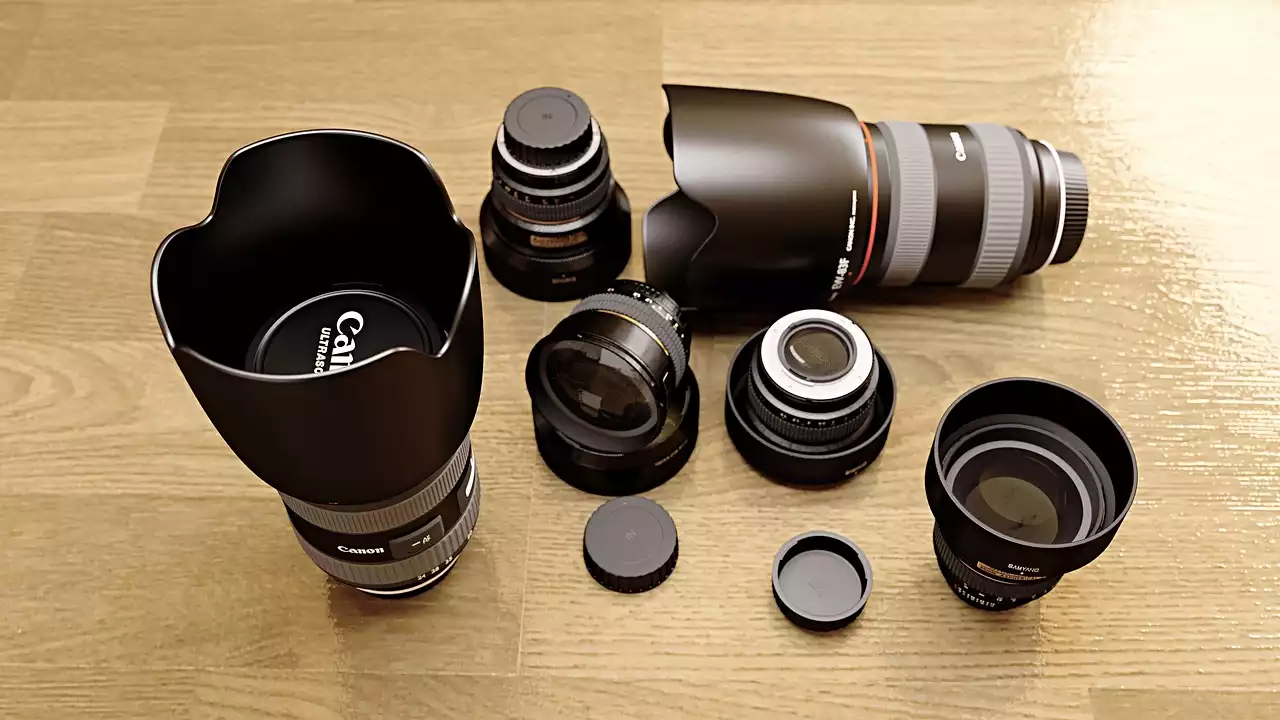
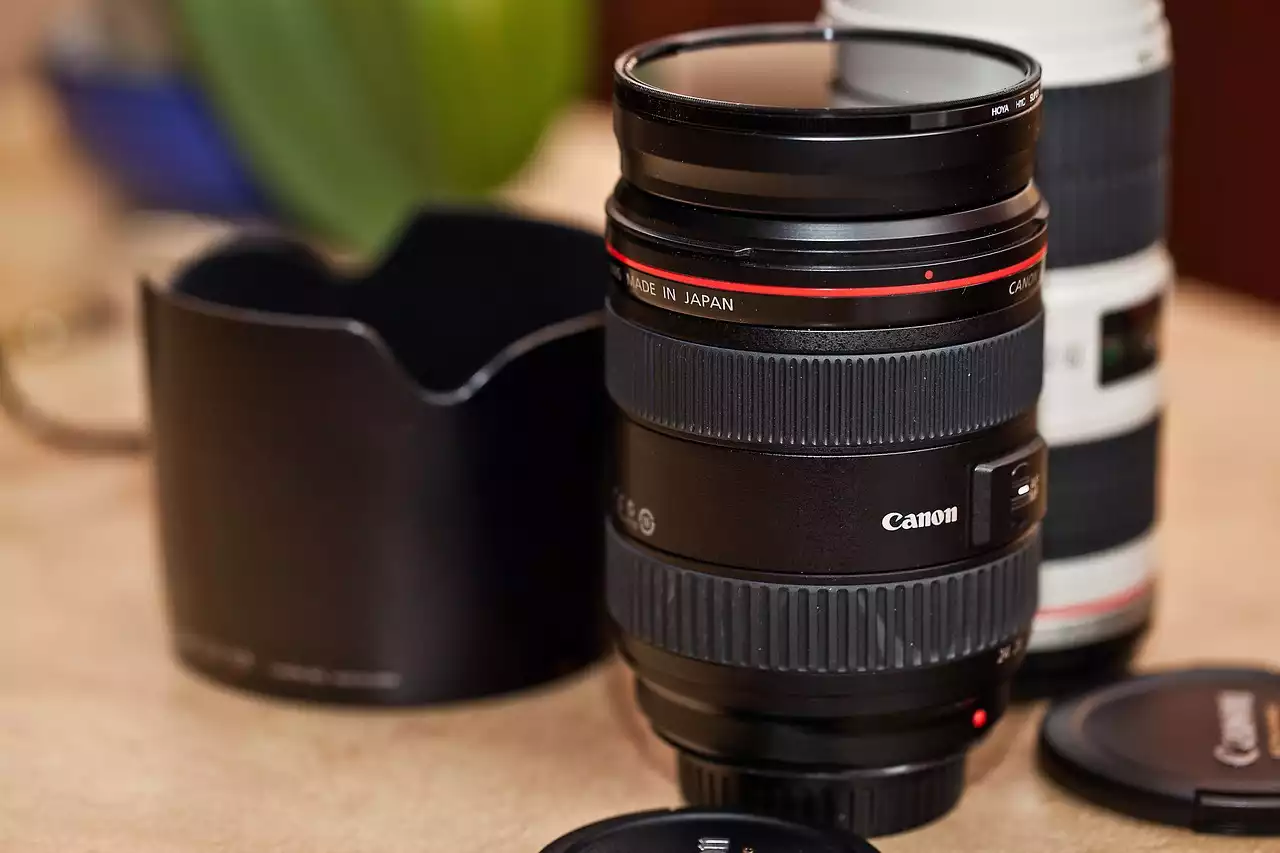
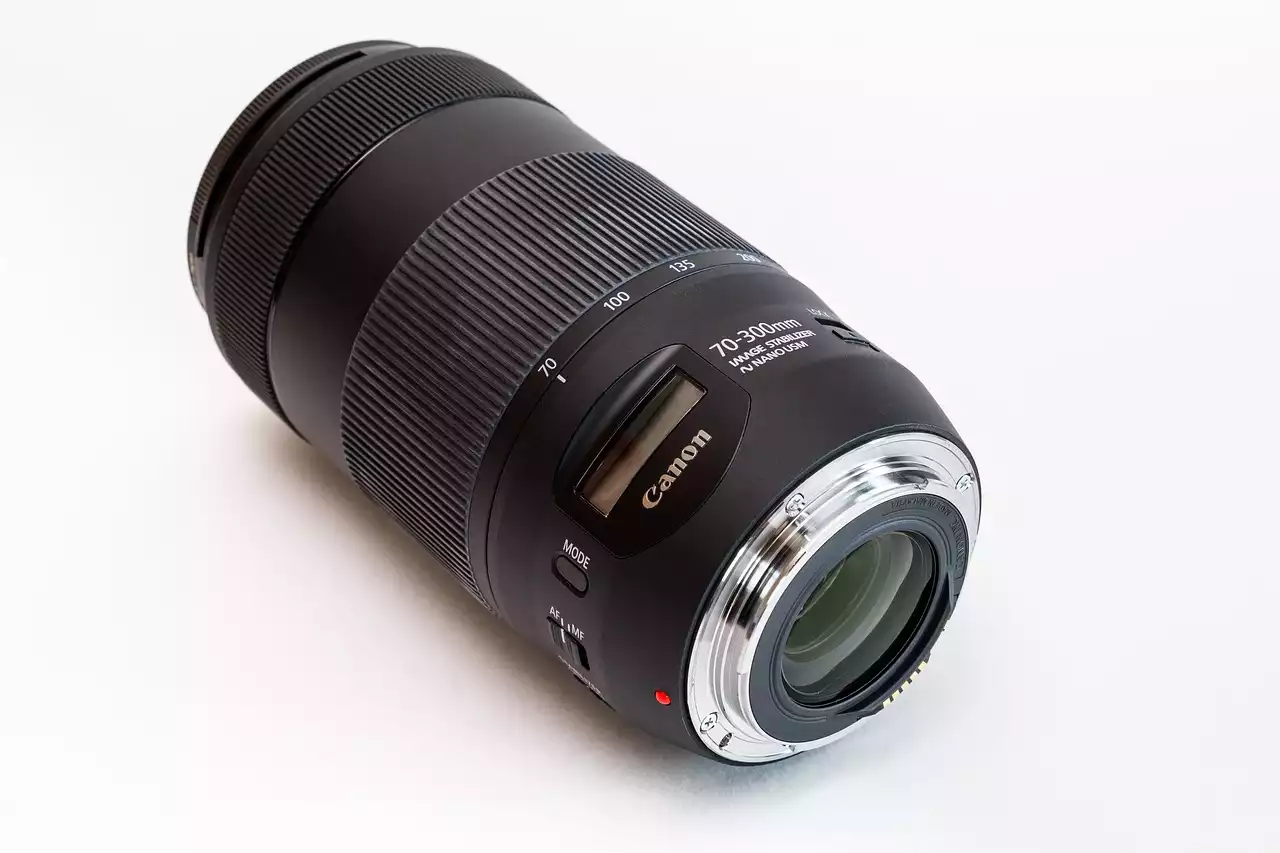
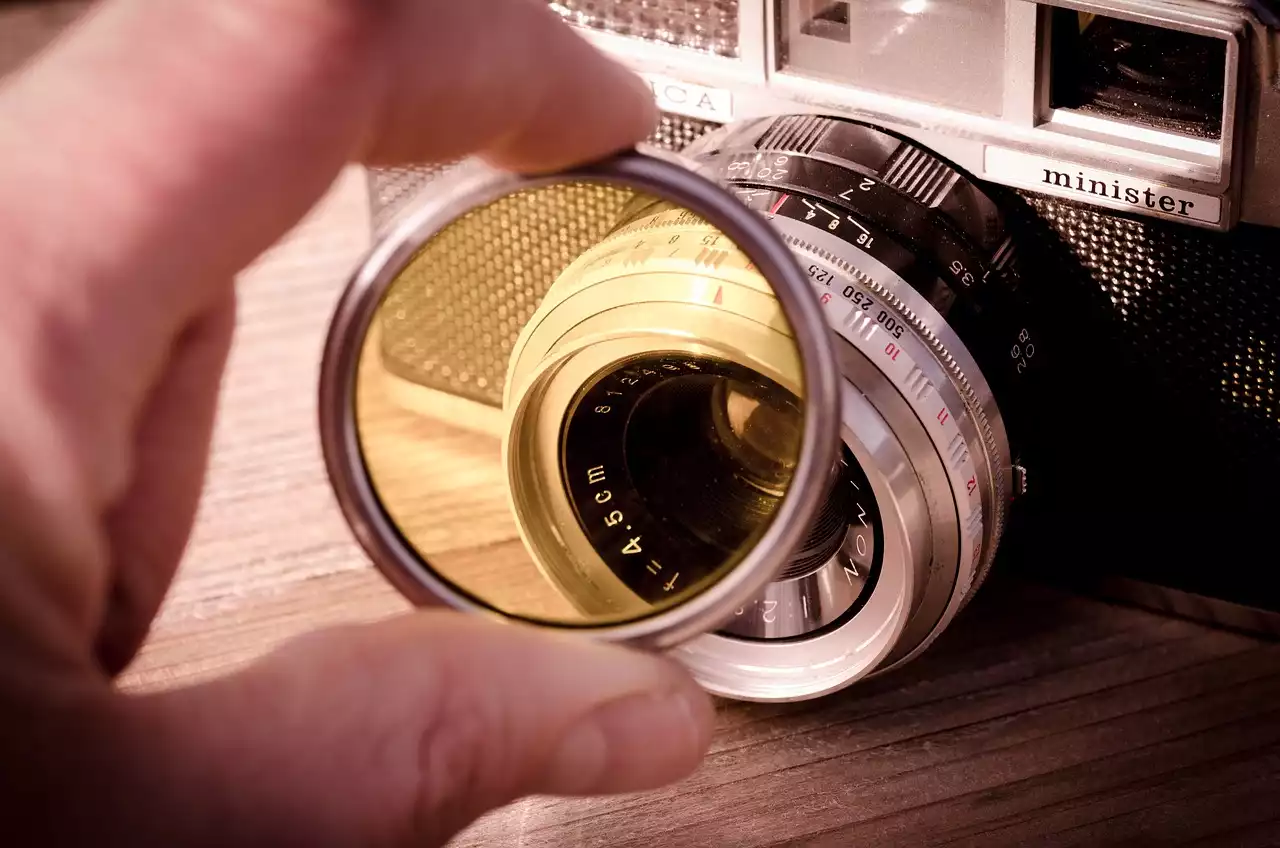

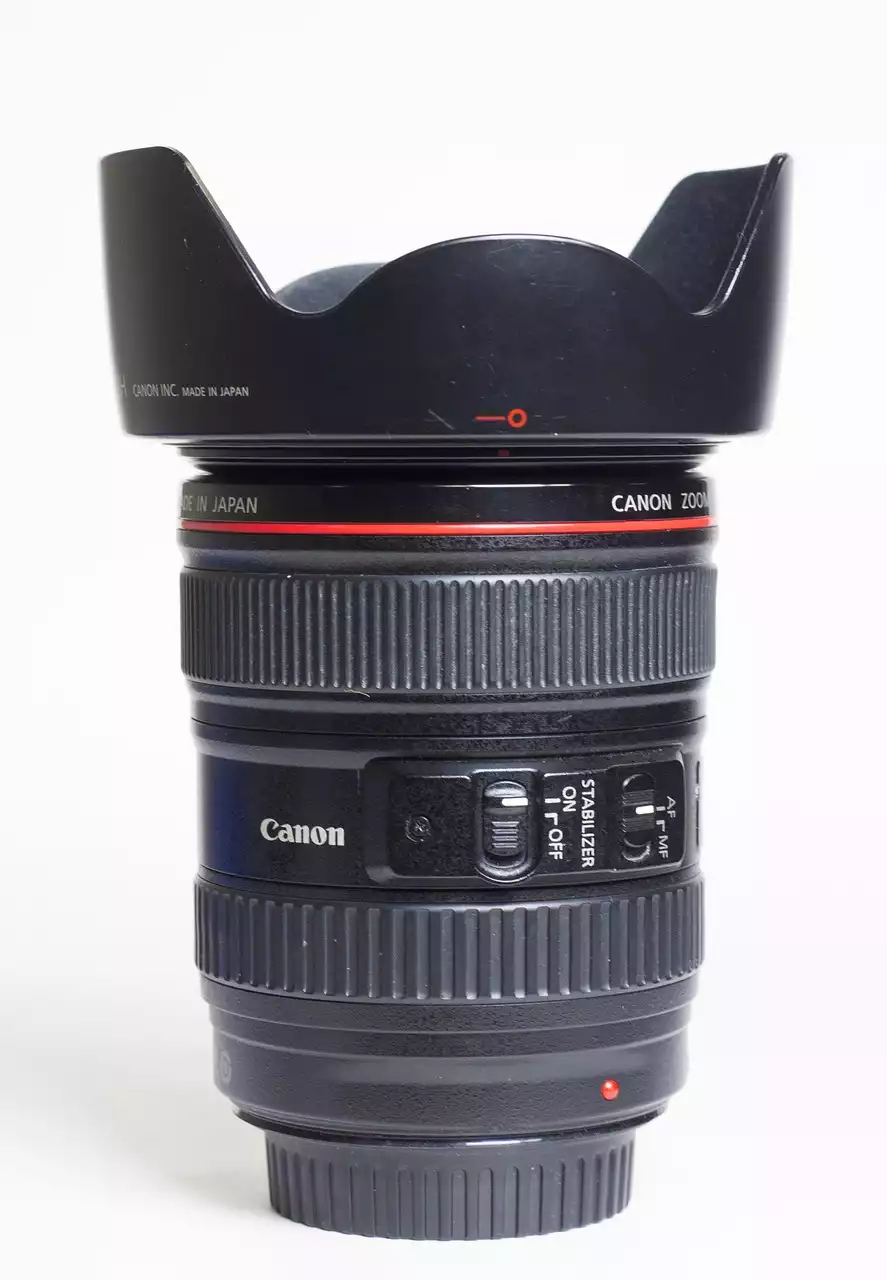

.png?size=50)


